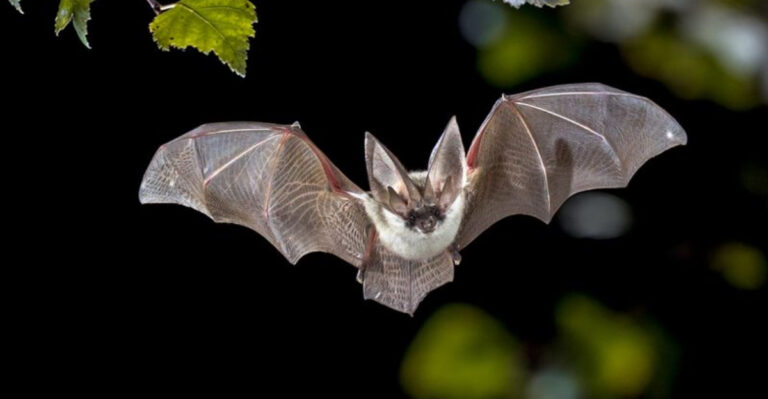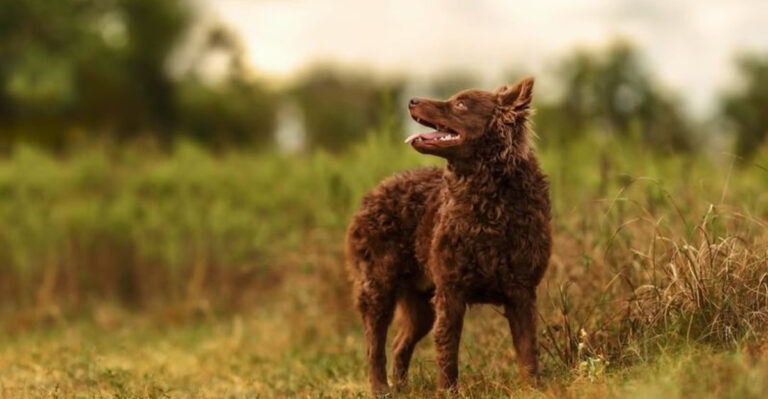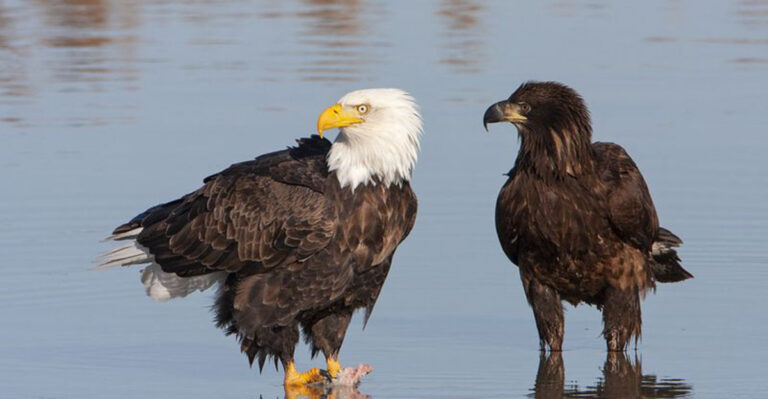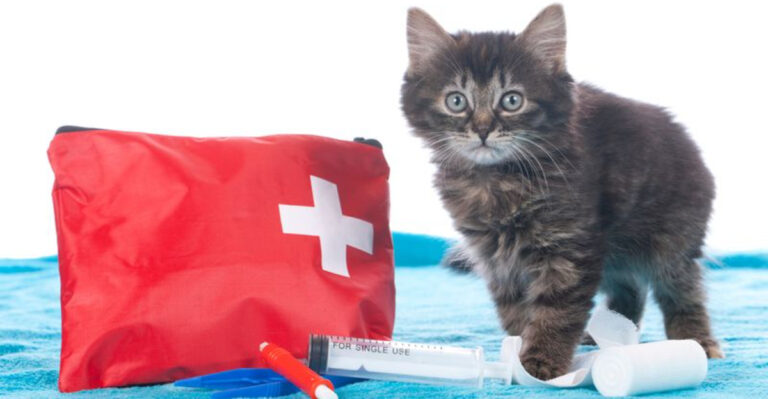How Turtles Cross Roads Safely Thanks To Wildlife Tunnels
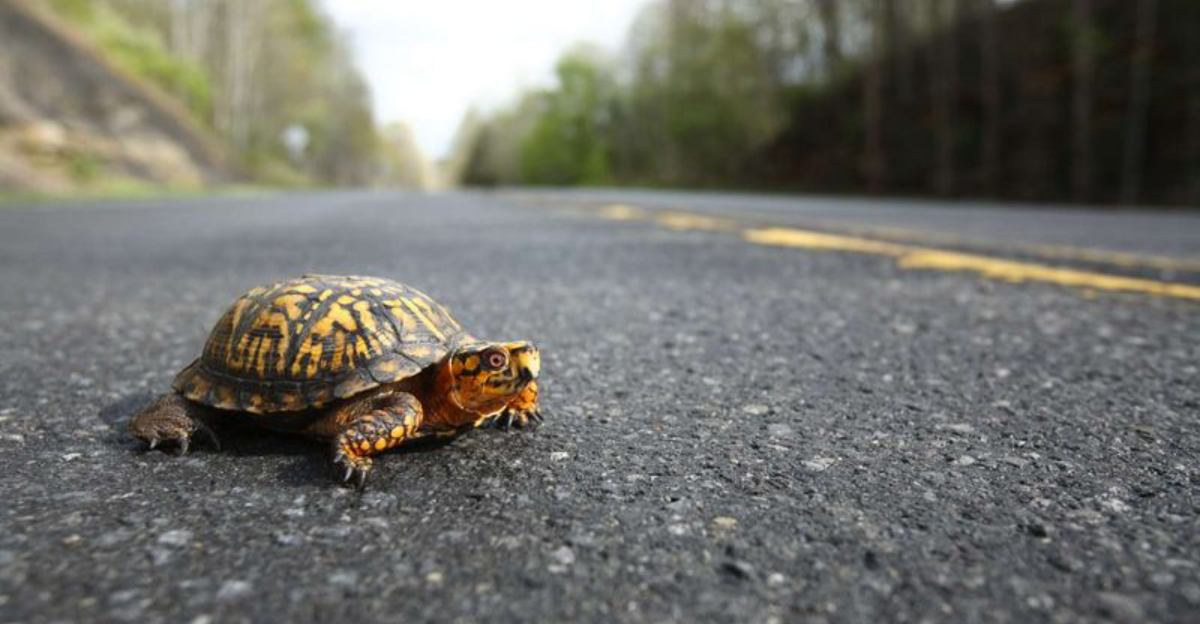
Ever wondered how those slow-moving turtles manage to cross busy highways without becoming roadkill? Wildlife tunnels are becoming the superhighways for shelled travelers across America.
These passageways beneath roads are saving thousands of turtle lives each year while teaching us important lessons about coexisting with wildlife.
1. Underground Superhighways Save Thousands
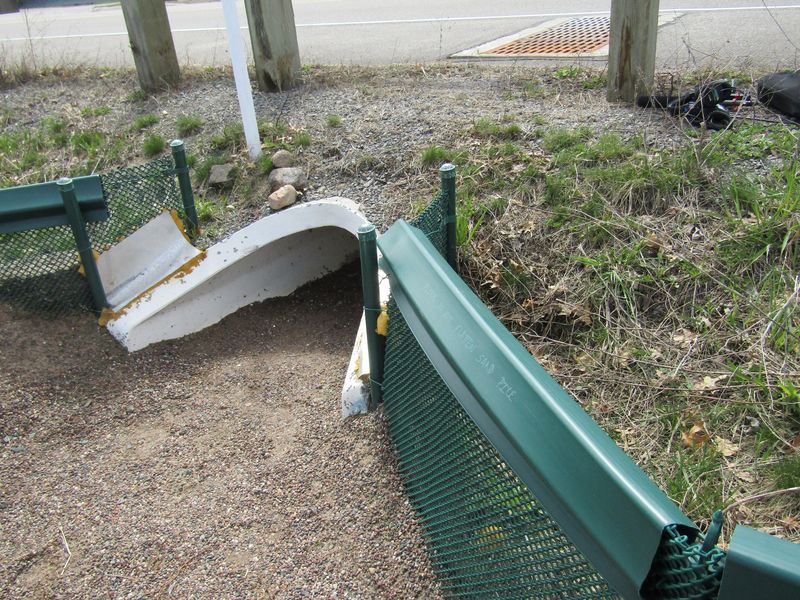
Specially designed wildlife tunnels reduce turtle mortality by up to 90% in areas where they’re installed. These underground passages create safe routes beneath dangerous roadways.
Before these tunnels, some turtle populations faced devastating losses when attempting to reach nesting grounds or seasonal habitats across busy streets.
2. Not Just Any Tunnel Works
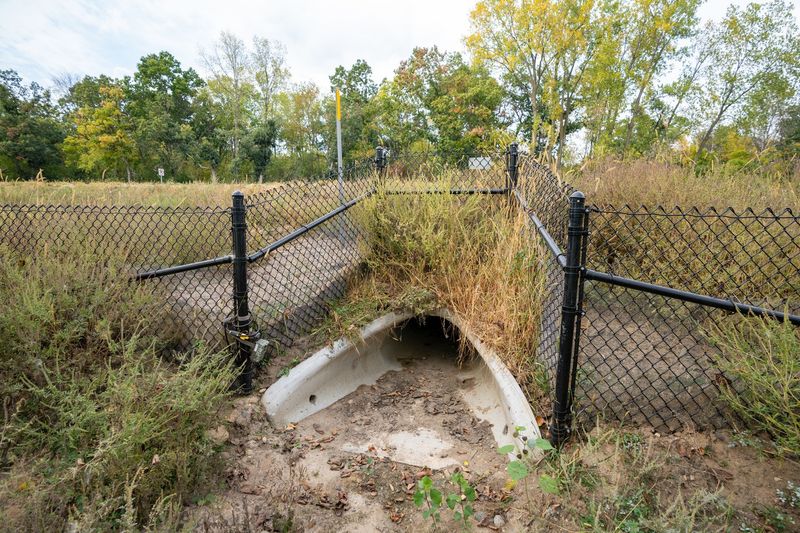
Size matters! Effective turtle tunnels must be at least 3 feet wide and tall enough for species like snapping turtles. The entrance design is crucial too.
Researchers discovered that tunnels with natural bottoms and adequate light are more likely to be used. Dark, cramped passages often get rejected by hesitant turtles.
3. Fencing Guides Shell-Bearers To Safety
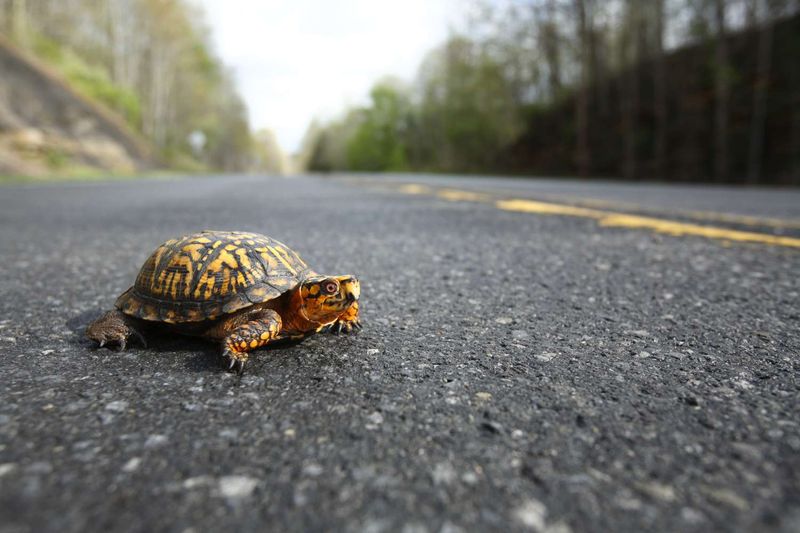
Surprise! The tunnels themselves aren’t enough. Special fencing extending hundreds of feet directs turtles toward tunnel entrances.
Without these guide fences, stubborn turtles might attempt dangerous road crossings anyway. The best systems use fine mesh that prevents even tiny hatchlings from squeezing through.
4. Tunnel Location Requires Detective Work
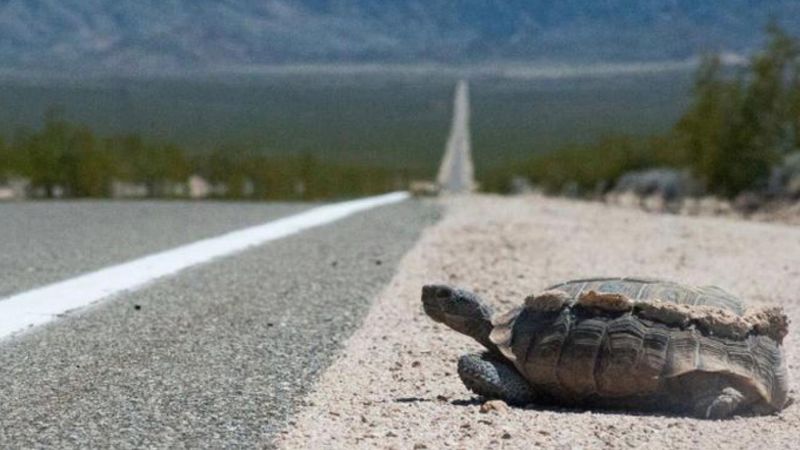
Finding the perfect spot for tunnels means studying turtle movement patterns for years. Biologists track migration routes using tiny GPS units attached to turtle shells.
Road sections with high turtle mortality become prime candidates. These hotspots help conservationists decide exactly where safe underpasses should go to give turtles a real chance at survival.
5. Cameras Reveal Secret Tunnel Users
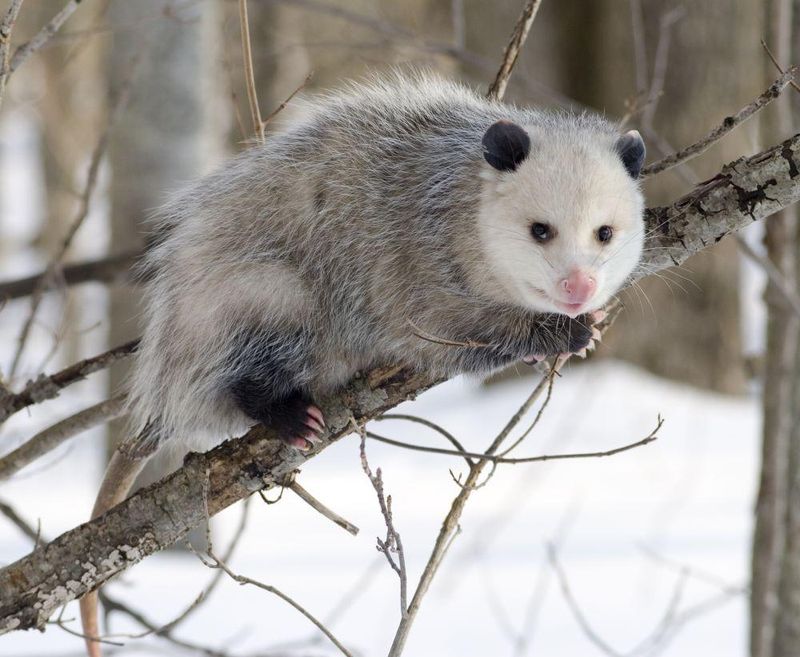
Hidden trail cameras inside wildlife tunnels have captured surprising visitors! While designed for turtles, these passages become highways for raccoons, opossums, snakes, and even foxes.
This unexpected bonus helps multiple species navigate fragmented habitats. One Massachusetts tunnel documented over 50 different animal species using the passage within a single year!
6. Ancient Travelers On Modern Roads
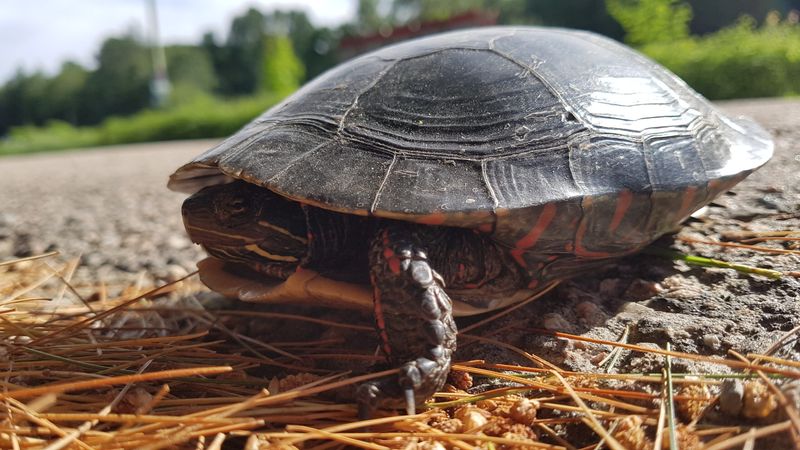
Many affected turtle species have existed for millions of years, following the same migration paths long before roads existed. Their internal navigation systems remain unchanged despite our infrastructure.
Female snapping turtles, for example, will attempt to reach ancestral nesting grounds regardless of obstacles. Their determination makes tunnels a perfect solution to an ancient problem.
7. Community Science Powers Protection
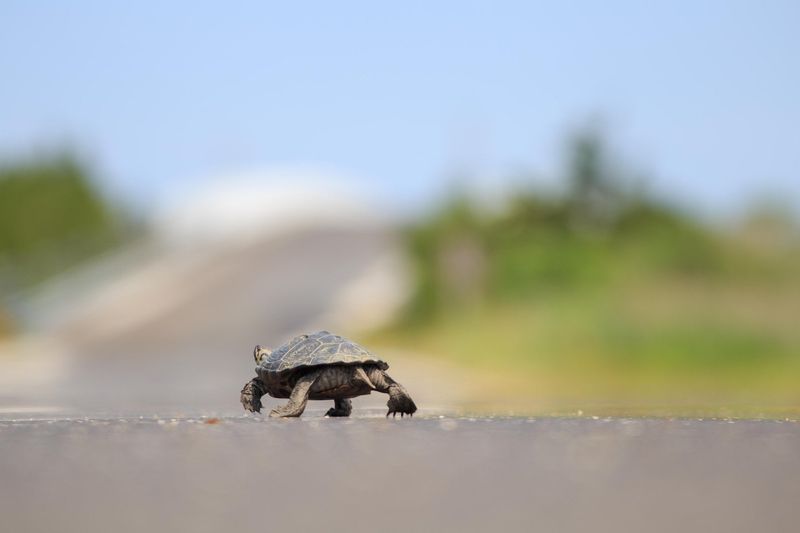
Regular folks play turtle heroes too! Citizen scientists document crossing hotspots using smartphone apps like iNaturalist.
These crowd-sourced observations help conservation groups identify where tunnels are most needed. In New York’s Hudson Valley, a community reporting network led to three new turtle tunnels after residents documented crossing patterns.
8. Tunnels Pay For Themselves
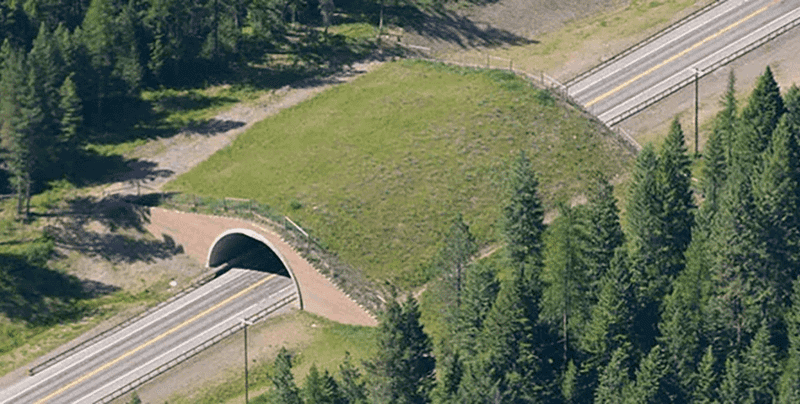
Though wildlife tunnels initially seem expensive ($10,000-$100,000 each), they’re actually cost-effective long-term investments. Road departments save money on fewer wildlife-vehicle accidents and reduced maintenance.
Plus, tunnels protect endangered species worth millions in conservation value. One Florida study showed tunnels paying for themselves within just seven years.
9. Temperature Control Matters
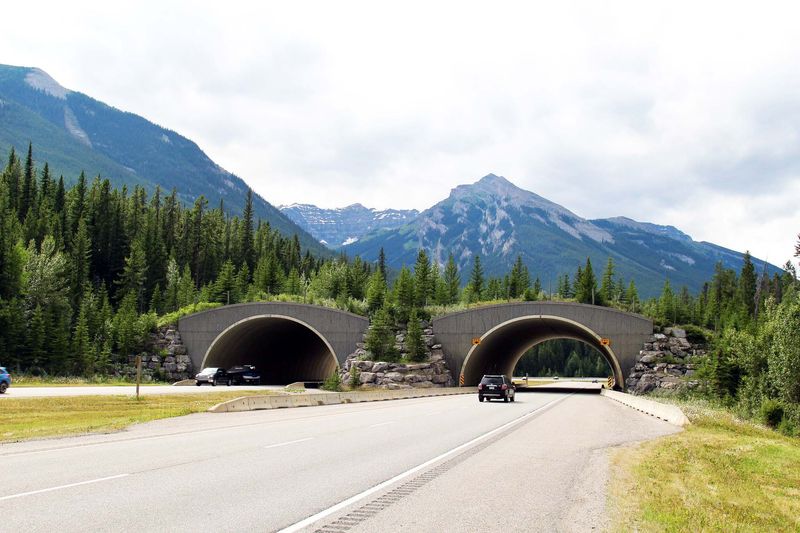
Clever tunnel designs now include temperature regulation features. Why? Turtles are cold-blooded and avoid passages that feel too hot or cold.
The best tunnels use natural light wells or grates that allow sunlight and rain to create a more natural microclimate inside. Some newer designs even incorporate special insulation to prevent temperature extremes.
10. Success Stories Spreading Worldwide
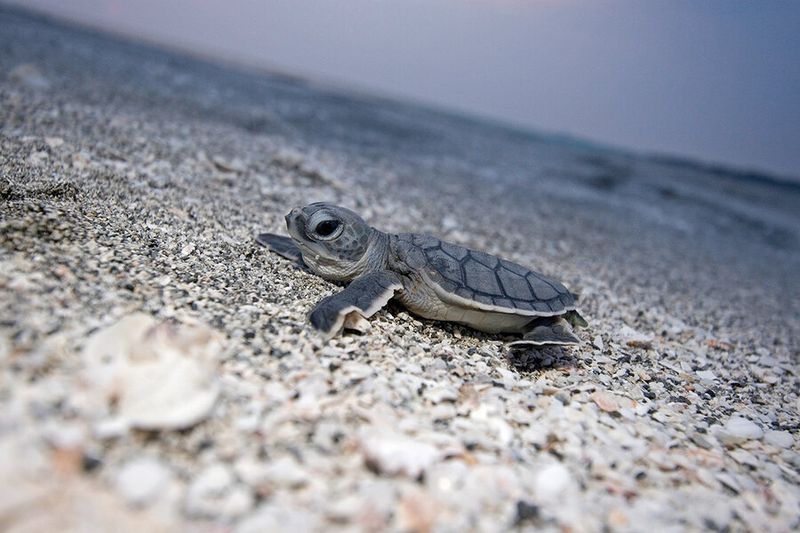
From Japan to Australia, turtle tunnel technology is going global! Countries are sharing design improvements and success stories.
The Netherlands now boasts over 600 wildlife crossings including turtle tunnels. Japan’s innovative designs feature special textures turtles prefer walking on. These international exchanges are creating safer passages for shelled travelers worldwide.

